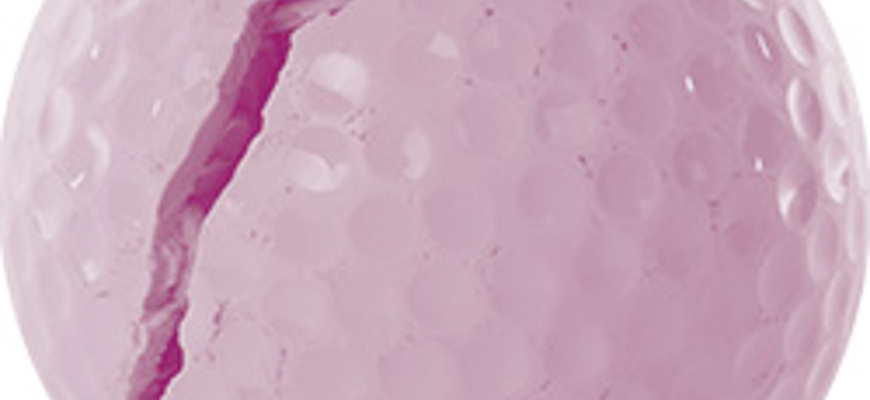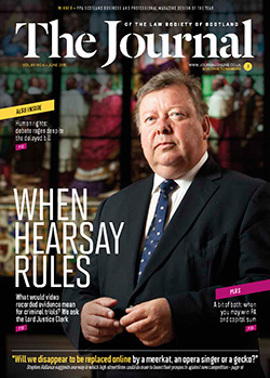Sports justice – being seen to be done?

In pursuit of fairness
In the case of Dirk de Ridder v ISAF, CAS 2014/A/3630, the Court of Arbitration for Sport set out what it termed “essential requirements of fairness” to ensure, in the sporting context, that justice was done and seen to be done. The requirements need to be carefully considered, given that CAS can have influence over many sports in a number of different ways, either as an appellate jurisdiction or further to arbitration.
In total, six principles were listed and a number of themes discussed in paras 109-115 of the judgment. First, the proposition of a legal separation of powers between investigator, prosecutor and adjudicator appears sensible for well staffed and funded professional sports organisations, but is a more difficult proposition to meet for those relying heavily on volunteers. Moreover, is a separation really needed between investigator and prosecutor/presenter (many sports in certain jurisdictions do not prosecute cases in the adversarial sense), especially when no such separation is required in other heavily regulated arenas such as employment law?
Secondly, the suggestion that there should be a full disclosure of all material in the possession of the prosecution which may be of assistance to a person charged with a disciplinary offence may be consistent with principles in certain legal systems, but not others. This may put an unnecessarily heavy burden on sports organisations.
Turning thirdly to the propositions that material placed before the adjudicator should relate only to the person charged and potentially prejudicial material (on which the presenter/prosecutor does not intend to rely) should be excluded, self-evidently any such principles could give rise to many grounds of appeal and/or judicial review.
Controversially, as principle four the CAS panel opined that there should necessarily be a clear demarcation between those persons who sit at first instance and those who sit on bodies to which first instance decisions may be appealed. The ratio for this principle is perhaps laudable, but a little disconcerting when one considers that in some heavily active sports dispute and conduct resolution arenas, little appellate activity occurs.
Principles five and six do not appear to be controversial or pose difficulty, all things considered: namely, fifthly, a person charged should be informed of and given access to procedures to be applied in his or her case; and sixthly, no change to a disciplinary procedure should be introduced with retrospective effect unless favourable to the person charged.
Additional reminders always to observe natural justice, and to refresh procedures (avoiding deploying particular procedures with a long pedigree if basic fairness cannot be applied), are timely reminders that the basis underlying discipline and conduct proceedings in the sports world is necessarily quasi-judicial and well maintained.
All sports in Scotland mostly follow a burden of proof that is the balance of probabilities, as opposed to beyond reasonable doubt. It is questionable that there should be seen to be any need to move to adopt a standard that requires guilt to be established to the “comfortable satisfaction” of the panel, as advocated by CAS at para 113, a standard said to be beyond the balance of probabilities (as traditionally used) but shorter than beyond reasonable doubt.
Cost of a wayward shot
In John Ure v Stewart Muir, PD 1879/14, the cost of not seeing the prospect of injuring another golfer proved to be the measure of £10,000, when the Court of Session recently awarded that sum in damages to a golfer struck on the head by another player’s shot that went “out of control”. Although a golf ball typically does leave control when it is propelled into the air, the player striking the ball was found to have caused injury which was reasonably foreseeable. A determining factor, as reported, was that the liable player ought to have exercised more caution because a player in his group had already hit a wayward shot in the injured player’s direction, thus highlighting that the injured player was in range. This poses an interesting dilemma for players of differing standards playing together, if courts consider that one player’s shot is a guide to the possibilities of another’s.
The agreed damages reflected Ure being knocked to the ground, and reporting nausea and physical sickness for the rest of the day, requiring a hospital visit. Intermittent headaches, nausea and a diminished appetite for the game followed, leading to the five-figure award. The case follows the earlier Court of Session ruling in Gordon v Phee [2013] CSIH 18, and serves as a further warning to golf club committees to continue to promote personal insurance for golfers, and for golfers to heed the need to be safe, rather than to complete their round quickly.
In this issue
- Weighing the risks
- Private parking fines – are they enforceable?
- Scotland – home of (dangerous) golf
- Shareholder details: the right to refuse
- Perils of the owner-occupied croft (fuller version)
- Reading for pleasure
- Opinion: Thomas Ross
- Book reviews
- Profile
- President's column
- Land Register completion: one year in
- People on the move
- Rights: whose final say?
- The word on the street
- Screen test
- Making the best of mediation
- Keep up the payments
- The right priorities
- When reputation is not enough…
- Sports justice – being seen to be done?
- Source of disputes
- CML Handbook: the new deal
- Perils of the owner-occupied croft
- In-house and in-tune in the Commonwealth
- Stair Society seeks new blood
- New Build Standard Clauses revised
- Law reform roundup
- Leven's last hole rarely in benevolent mood
- Year of the new look
- AML just became simpler
- "My time is valuable!" Oh really?
- Learning opportunity
- Ask Ash
- Technology: slave or master?






